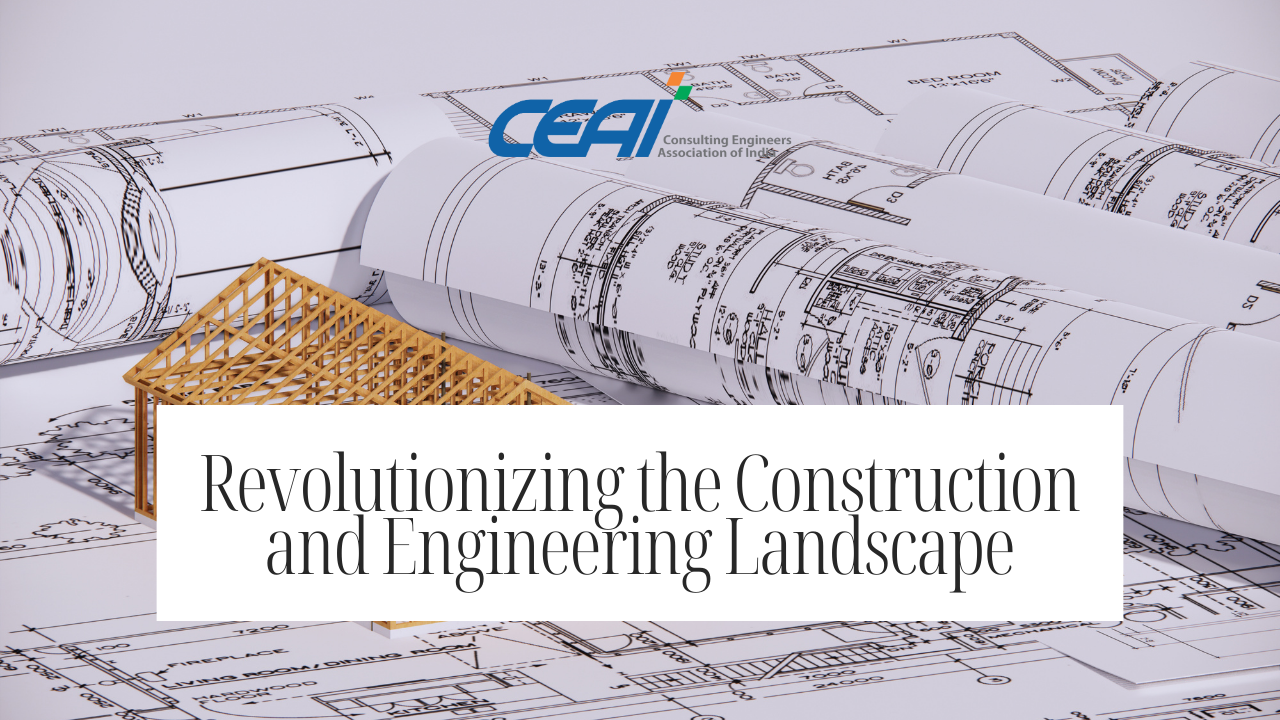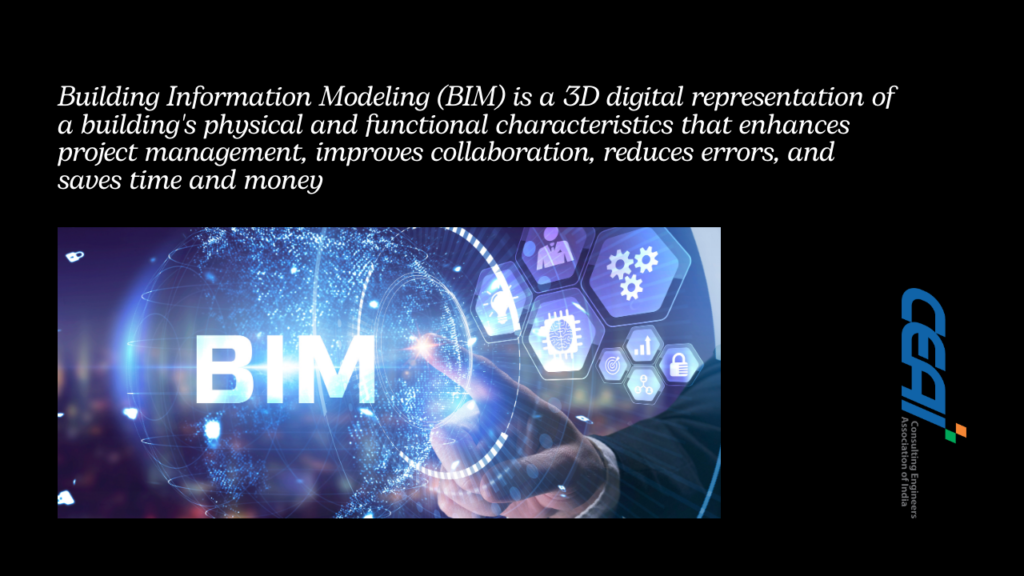
In the ever-evolving landscape of construction and engineering, technology is the driving force behind innovation and efficiency. One such technological marvel that has fundamentally transformed the way projects are conceptualized, planned, and executed is Building Information Modeling (BIM). BIM represents a significant leap forward, offering a three-dimensional digital representation of a building’s physical and functional characteristics. Beyond the flashy 3D models, BIM plays a pivotal role in enhancing project management, improving collaboration, reducing errors, and ultimately delivering successful construction and engineering projects.
Collaboration Beyond Boundaries
Collaboration is the lifeblood of any construction or engineering endeavor. Traditionally, project stakeholders operated in silos, leading to miscommunication and costly misunderstandings. With BIM, the entire project team can collaborate seamlessly, accessing the same central model. Architects, engineers, contractors, and subcontractors can work together in real time, contributing their expertise to a shared digital workspace. This level of coordination ensures that everyone is on the same page, reducing the potential for costly conflicts and rework down the line.
Error Reduction through Enhanced Visualization
Errors in construction projects can be devastating, both in terms of budget and timeline. BIM’s visual and data-driven approach significantly minimizes these errors. By working with a 3D model that incorporates every aspect of the project, from structural elements to electrical and plumbing systems, project teams can identify and address clashes and issues long before they become on-site problems. This proactive approach drastically reduces costly delays and rework, saving both time and resources.

Efficiency Amplified: Saving Time and Money
Efficiency is the golden word in construction and engineering. BIM takes efficiency to new heights by streamlining processes. Tasks that once took weeks can now be accomplished in days. Take quantity take-offs, for example. BIM allows for automated and accurate quantity calculations, eliminating the painstaking and error-prone manual process. Additionally, scheduling and logistics planning become more precise, enhancing overall project management. The result? Not only are projects completed faster, but they also remain well within budget.

Data-Driven Decision Making: The Power of Information
In the digital age, data is king. BIM not only creates a 3D visual representation of the project but also compiles a wealth of data associated with each element within the model. This data can be harnessed for making informed decisions throughout the project’s lifecycle. For instance, it aids in materials procurement, energy efficiency analysis, and even facility management post-construction. Data-driven decision-making leads to better resource allocation, more accurate cost estimates, and, ultimately, more sustainable projects.
Ensuring Regulatory Compliance and Sustainability
Beyond its immediate benefits, BIM also plays a critical role in ensuring regulatory compliance and sustainability. As regulations become more stringent and environmental concerns rise to the forefront, BIM provides a platform for modeling and analyzing the environmental impact of a project. It enables engineers and architects to optimize designs for energy efficiency and sustainability, helping to meet both legal requirements and societal expectations.
In conclusion, BIM has transcended its role as a design tool to become an indispensable asset in project management. It facilitates collaboration, reduces errors, enhances efficiency, and empowers data-driven decision-making. As construction and engineering projects grow in complexity, BIM is not just a luxury but a necessity for ensuring successful outcomes. Embracing this technology is not merely keeping up with the times; it’s about staying ahead in an industry where precision, collaboration, and efficiency are paramount. BIM is not just the future of construction and engineering—it’s the present, driving projects to new heights of success.
